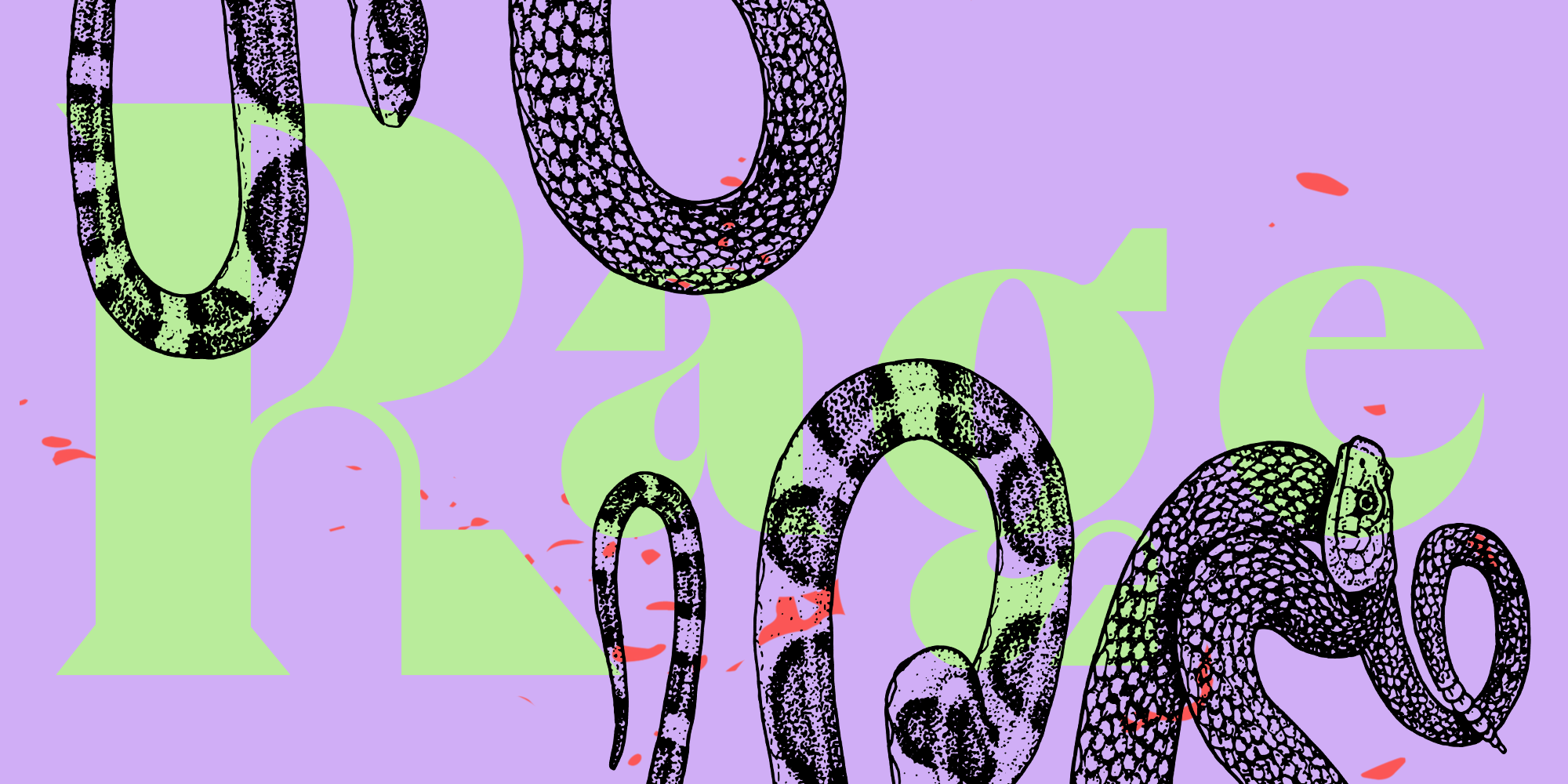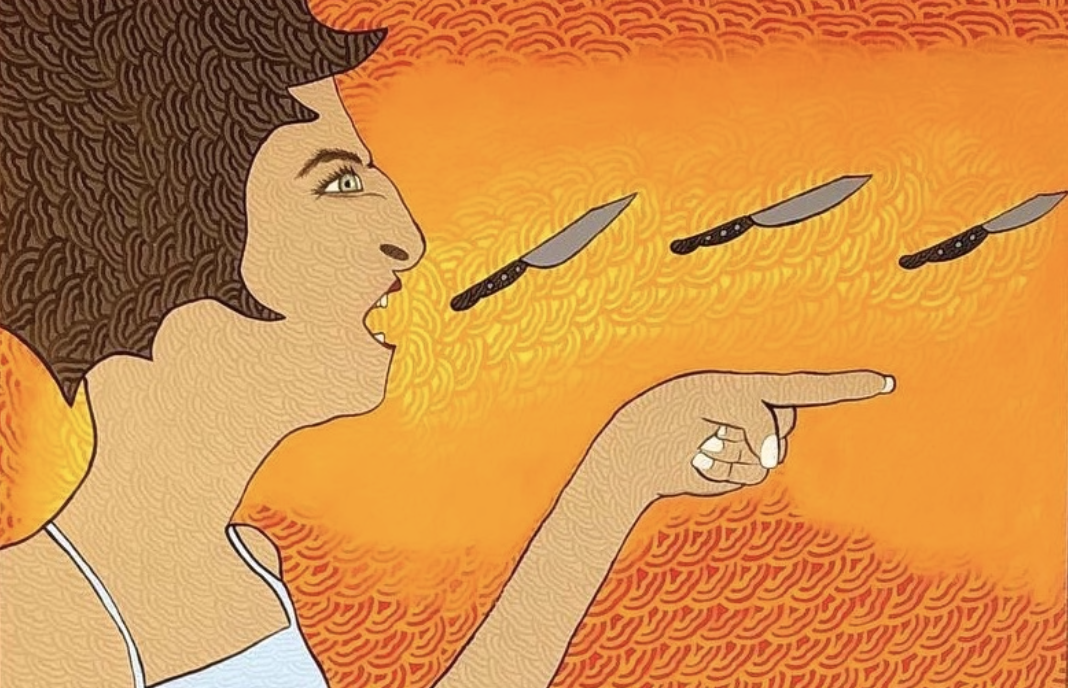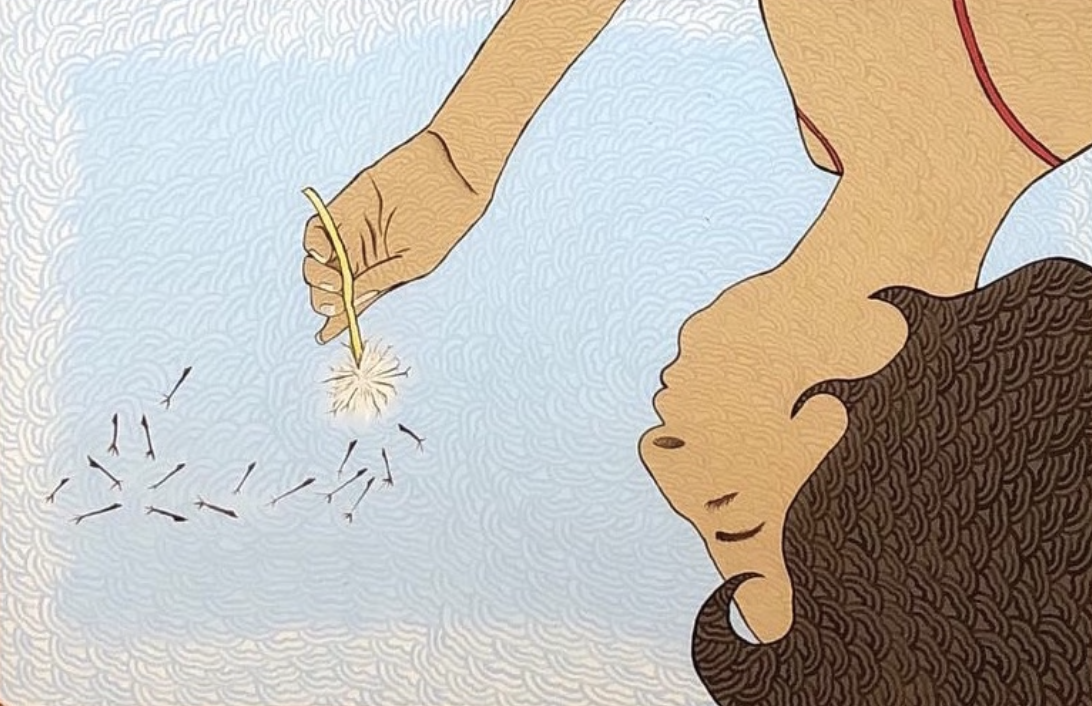
Words by Jamie Schumacher
Where do feelings sit for you?
My body holds feelings in different places.
Fear holds sharp in the bottom of my throat, lodged like a scream that no one can hear.
Grief sits heavy in my heart. With each breath the weight gets heavier, dragging my body down chest-first.
Last fall I experienced an anger like none I’d ever felt. With many other victims of trauma, I sat in a collective rage as I watched, stunned, as the scene before me unfolded.
Where were you during the Kavanaugh hearings?
Most women I know remember – if not where they were, they certainly remember how they felt. As Brett Kavanaugh ranted his testimony to the American people, he spat about borking and other conspiracy theories. As he postured his entitlement, I felt it all. All my feelings, all at once, from head to toe.
You see, rage hits my body everywhere.
For me, rage feels like a brutal combination of fear, grief, sadness, frustration, and anger all at once. And rage, at least for me, has been pretty dark territory. Until recently.
From a young age I learned that certain feelings were not to be expressed. Willful behavior or anger, for example, would not be met with any positive outcome.
I learned to channel feelings of frustration. For things like anxiety and fear, I tried to learn what my brain was doing and how to best handle it. I turned to art, community, and writing as viable options that made those feelings more manageable, even productive.
But how does one productively channel rage? Last winter, I set out on a literary journey to further my understand of rage – what it is, why it happens, and why it’s critically important.
I began my adventure in rage with Soraya Chemaly’s Rage Becomes Her.
Chemaly’s work is an excellent and empowering time capsule of where we currently stand with women’s rights, including women’s right to their own rage. Time-stamped in the 2018 US political climate, the book also touches on global issues facing women. Access to healthcare and discrepancies within the medical field perpetuate rage-inducing injustices that affect everything from a woman’s role at work to their physical and mental health. Chemaly dissects the workplace issues that still persist, and introduces readers to equitable movements for reproductive justice.
The author is unabashedly and unapologetically feminist, as is this work. Based on the countless studies, statistics, and data available, she pitches a nobel call: Women should harness righteous anger as the positive emotion it is. Rage is a powerful tool to catalyze long overdue changes needed for women in today’s society.
As I worked my way through the books, I painted my way through my emotions. After my two young girls were in bed I would retreat, embarking on a portrait idea that had long been on the back burner.
Parenting has a unique way of helping us through our own shortcomings—seeing the best and the worst of the people we can be. How we want to see ourselves is often at odds with the fluidity of natural human emotions.
An image of sainted mothers, ever-patient goddesses of life and milk, stands in stark contrast with the current reality for many moms. An economy that requires two working parents to cover skyrocketing costs of childcare, food, and living, no federally mandated maternity leave, and evaporating health care… it’s a pretty hard environment in which to goddess. My portrait contained the duality of these two states: bliss and anger, and as I painted I read on.
Next on my list was Rebecca Traister’s work, Good and Mad. A solid companion text to Rage Becomes Her, Traister traces the political movements that were spurred by a flurry of women’s righteous rage. Traister notes that contemporary movements like the #MeToo movement have been fundamental to get where we are now. In a historical context that has deprived women of justice, the rage response has been necessary to hold perpetrators of violence and trauma accountable for their actions.
Recounting the histories and shortcomings of modern-day feminism, she also dives further into racial equity within feminism. (Or more pointedly, the lack thereof.) White feminism, to its own demise, has often marginalized voices that were at the forefront of social justice movements.
We need to do better.
Traister ends with a challenge for the reader: recognize, own, and celebrate your rage – and use that fury to catalyze the massive changes we need to see in the world today.
“You wouldn’t like me when I’m angry.” – The Incredible Hulk
“Ohhhh, boys will be boys!” – The Incredible Hulk’s mom, probably.
My generation is parenting with an entirely different toolkit. My kids see every side of me, which is a blessing and a curse. Without word or judgement, their very presence challenges me to do better. To wrestle any internal demons and grow into a better human – it’s not a pretty journey and it’s not a linear one, either.
I know the version of myself I’d like the world to see – creative, patient, kind, beautiful. I know the version of myself when I’m tired and spent – snappy, angry, selfish, ugly.
Shrill.
Resting Bitch Face.
Schrewish.
“Not my type.”
Chemaly and Traister dip into the way society responds to women’s rage and anger, with harmful stereotypes that serve only to silence and suppress women. While anger in a man can be seen as admirable, masculine, and a sign of leadership – angry women is a quality of unhinged she-banshees “too emotional” to lead. So instead of processing those feelings we squash them down, to the detriment of our society and our own personal mental and physical health.
As I painted, I fought the inclination I had to soften and beautify my angry side, or even adjust my profile accordingly to more conventional norms of beauty. “Well” I thought to myself as I took reference profile photos of my face in a scowl. “I suppose this is my rage face.”

I read these books in accidental order, serendipitously saving the best for last.
Dr. Brittney Cooper’s Eloquent Rage: A Black Feminist Discovers Her Superpower combines the timeliness, intellect, and momentum of the modern feminist movement with Cooper’s compelling and poignant personal story.
On her journey to feminism (and more specifically, intersectional black feminism), Dr. Cooper works through the conflicting messages we receive from our schools, families, institutions, and churches. Her eloquent and articulate rage is a superpower, but one that warrants a focused precision.
“When I talk about owning eloquent rage as a superpower it comes with a clear caveat: that not everyone is worth your time OR your rage.” – Dr. Cooper
Dr. Cooper shares her inner-thought process and how her opinions were shaped and formed from childhood to modern day. She interweaves the teachings of black feminism with lessons from the women throughout her life – from her grandmother and mother to her students, friends, and colleagues. The book is as much about personal growth and change as it is about the importance of a feminism actually accessible to everyone.
“Part of what being a latchkey kid taught me is that overcoming fear is first and foremost about having the courage to look under the bed.” – Dr. Cooper
I think the same can be said of rage. We’ve been cultured to avoid it instead of understand it. When we feel it, we teach ourselves (and thusly, our children) to stifle it. We’re told rage is ugly, sharp, and unbearable instead of hot, powerful, and directive. Women are taught to avoid rage, but never how to use it. And we need to do better.


Your body’s responses to its environment—from bliss to rage—are a part of a fully-functional and sophisticated bodily response system that’s working some adrenal magic to keep you alive. When you feel rage, the trick isn’t to suppress this system.
How and where does the feeling of rage sit for you?
Do you feel like you have the right to your own rage?
Rage can power everything from historical movements for justice to long overdue social changes. And unless we’ve become deadened to our senses or the context of what’s happening around us, we’ve all felt rage at one point or another.
The question is, do you know how to use it?